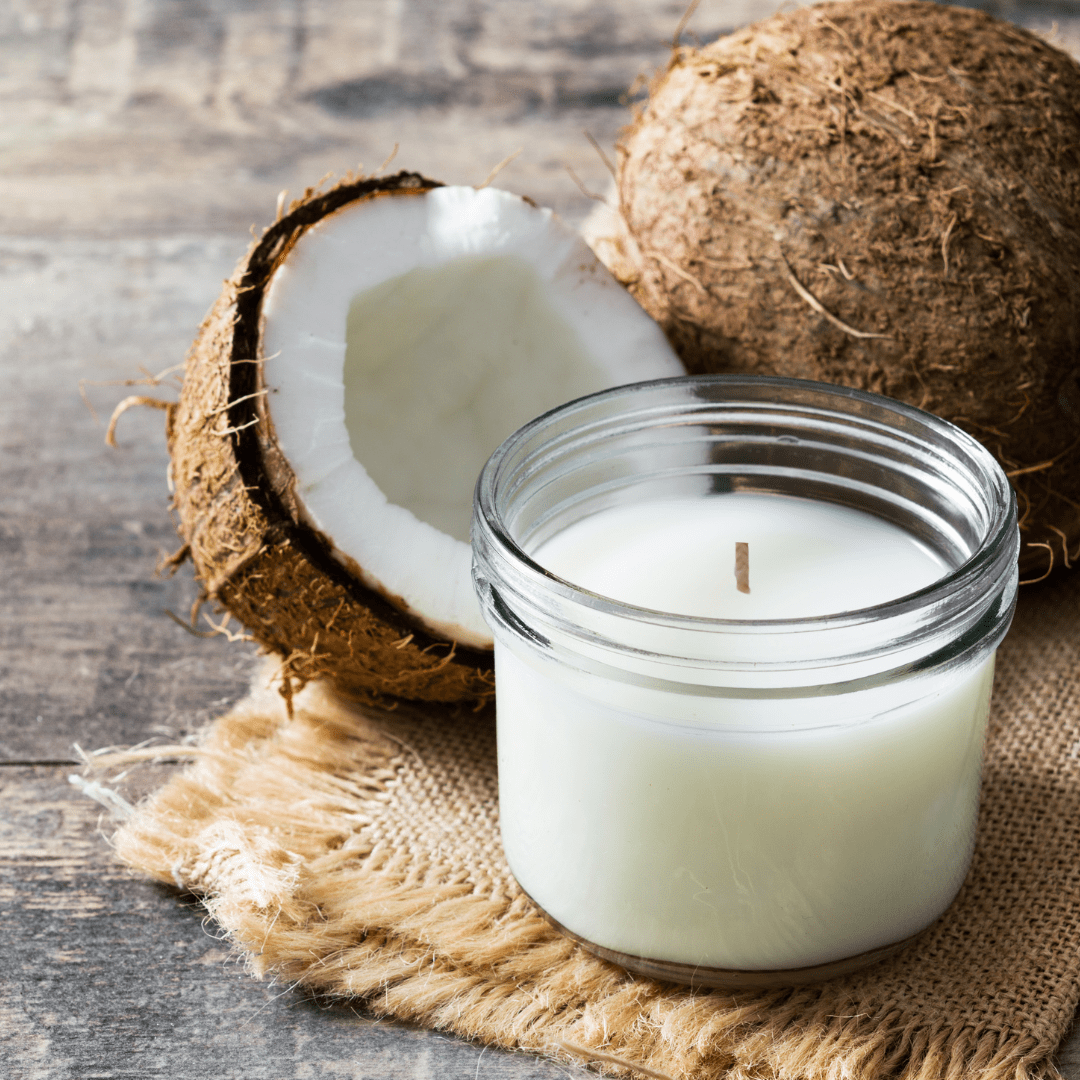Instill Your Home with the Scent of Crystal Soy Candles and Home Fragrance
Instill Your Home with the Scent of Crystal Soy Candles and Home Fragrance
Blog Article
From Wick to Wax: Understanding the Chemistry Behind Soy Wax Candles and Their Environmental Influence
As we illuminate our rooms with the warm glow of candle lights, there lies a world of complex chemistry behind the apparently easy act of lighting a soy wax candle light. Join us as we untangle the scientific ins and outs behind soy wax candle lights and discover their effects on our atmosphere.
Soy Wax Vs. Paraffin Wax
When contrasting soy wax and paraffin wax for candle light production, it is necessary to comprehend the distinctive characteristics and benefits of each material. Soy wax is a natural, renewable energy stemmed from soybean oil, making it naturally degradable and green - soy candles. On the other hand, paraffin wax is a by-product of petroleum refining, which raises problems concerning its environmental effect and sustainability
Soy wax candle lights burn cleaner and release much less soot compared to paraffin wax candles, making them a much healthier selection for indoor air quality. Furthermore, soy wax has a lower melting point, enabling a longer-lasting candle light that spreads scent better. Paraffin wax, on the various other hand, has a tendency to shed faster and less easily, possibly launching unsafe chemicals into the air.
From a sustainability perspective, soy wax is favored for its biodegradability and sustainable sourcing, straightening with the expanding customer preference for ecologically aware products. While paraffin wax has actually been a standard option in candle light making due to its price and simplicity of usage, the change towards environmentally friendly alternatives like soy wax is gaining momentum in the industry.
Chemical Composition of Soy Wax

Combustion Process in Soy Candles
The chemical composition of soy wax directly affects the burning procedure in soy candle lights, influencing factors such as shed time, scent release, and ecological impact. When a soy candle is lit, the warmth from the flame melts the wax near the wick. This fluid wax is then prepared the wick due to capillary activity. As the liquid wax gets to the flame, it evaporates and goes through burning. The burning process entails the vaporized hydrocarbons in the wax responding with oxygen in the air to generate warmth, light, water vapor, and carbon dioxide.
The burning efficiency of soy candles is influenced by the purity of the soy wax and the quality of the wick. A clean-burning soy candle light with an effectively sized wick will certainly produce a stable flame and reduce soot development. This not only prolongs the burn time of the candle yet also improves the launch of scents. In addition, soy wax candles have a lower environmental impact contrasted to paraffin candles as a result of their biodegradable and sustainable nature.

Environmental Advantages of Soy Wax

Taken into consideration a sustainable alternative to conventional paraffin find out here wax, soy wax uses significant environmental benefits that make it a popular choice amongst eco-conscious customers. One substantial benefit of soy wax is its click here to find out more sustainable sourcing. Soy wax is originated from soybean oil, which is primarily grown in the USA. The cultivation of soybeans helps support regional farmers and lowers the dependence on non-renewable fossil gas utilized in paraffin wax production. In addition, soy wax is eco-friendly, suggesting it damages down naturally without launching dangerous toxic substances right into the environment. This particular makes soy wax candle lights an extra ecologically friendly alternative contrasted to paraffin wax candles, which are made from oil, a non-renewable resource. Moreover, soy wax burns cleaner and generates less soot than paraffin wax, contributing to better interior air high quality and decreasing the need for cleansing and maintenance. In general, the environmental advantages of soy wax straighten with the growing need for environment-friendly and sustainable items out there.
Recycling and Disposal Factors To Consider
Reusing and appropriate disposal of soy wax candle lights play a crucial role in keeping environmental sustainability and decreasing waste in households and areas. The initial action is to ensure that the candle light has burned completely when it comes to recycling soy wax candle lights. This can be attained by permitting the candle to burn until the wick is no more functional, and after that letting the continuing to be wax cool and strengthen. As soon as the wax has actually solidified, it can be carefully eliminated from the container.

In terms of disposal, if recycling is not an option, soy wax candle lights are eco-friendly and can be securely taken care of in most house waste systems. It is constantly suggested to check with local reusing facilities or waste management solutions for certain guidelines on candle disposal to ensure appropriate handling and ecological protection.
Final Thought
Finally, the chemistry behind soy original site wax candle lights reveals their ecological benefits over paraffin wax candle lights. Soy wax, originated from soybean oil, burns cleaner and creates less residue when compared to paraffin wax. The burning process in soy candle lights is a lot more effective, leading to a longer and a lot more even melt. Additionally, soy wax is biodegradable and sustainable, making it a much more lasting choice for candle light manufacturing. Reusing and correct disposal of soy wax candles even more add to their ecological impact.
When comparing soy wax and paraffin wax for candle light production, it is necessary to recognize the unique qualities and advantages of each material (home fragrance).Soy wax candles burn cleaner and discharge much less residue contrasted to paraffin wax candles, making them a much healthier choice for indoor air quality.Considered a sustainable option to standard paraffin wax, soy wax offers noteworthy ecological advantages that make it a popular selection among eco-conscious customers. Soy wax burns cleaner and creates much less residue than paraffin wax, adding to better indoor air quality and lowering the demand for cleansing and upkeep.In final thought, the chemistry behind soy wax candle lights reveals their environmental advantages over paraffin wax candles
Report this page